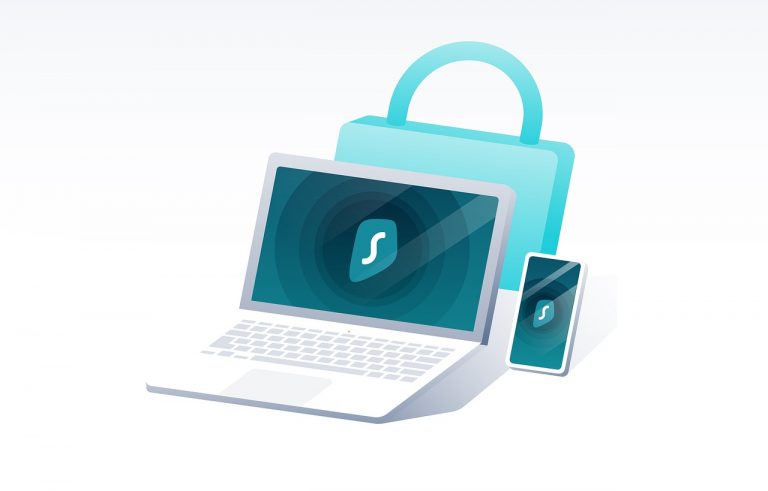Learn how AI is reinventing cybersecurity in this post.
The global cybersecurity landscape is evolving faster than ever. In 2025, organizations face over 2,200 cyberattacks daily, according to IBM’s Threat Intelligence Report. From ransomware and phishing to supply-chain breaches, the sophistication of threats is outpacing traditional defenses.
But so too is the defense itself. Artificial Intelligence (AI) is now the most transformative force in cybersecurity, redefining how enterprises detect, respond to, and prevent attacks.
AI-powered cybersecurity doesn’t just react — it predicts. By learning from data patterns, AI systems can identify anomalies before they become breaches, creating a proactive rather than reactive defense model. As Forrester Research puts it:
“AI is not just enhancing cybersecurity — it is reshaping its DNA.”
In this article, we’ll explore how AI is reinventing cybersecurity — from automated threat detection and deepfake defense to predictive analytics and the rise of ethical AI security frameworks.
Table of Contents
The Shift From Reactive to Predictive Security
Traditional Security’s Biggest Flaw — Speed
Conventional security systems rely heavily on static rules, signatures, and human analysis. When a new type of malware appears, human analysts must first identify and update the database — a process that can take hours or days. In cybersecurity, those hours are catastrophic.
AI flips this paradigm. Through machine learning (ML) and neural network models, AI systems learn to recognize the behavior of malicious code, not just its known patterns. This enables them to detect zero-day threats — attacks that exploit previously unknown vulnerabilities — before human analysts even become aware of them.
The Predictive Power of Data
AI systems ingest massive datasets — logs, user behavior analytics, and network traffic — to identify patterns of normal operation. When a deviation occurs, AI flags it in milliseconds.
For example:
- An employee logs in from London and two minutes later from Singapore.
- A server suddenly sends encrypted data to an unfamiliar IP.
- An email carries subtle linguistic anomalies consistent with phishing.
Instead of waiting for these anomalies to cause harm, AI-driven Security Information and Event Management (SIEM) systems such as Splunk, SentinelOne, and Palo Alto Cortex XSIAM can automatically isolate affected endpoints and alert security teams.
The result is proactive cybersecurity — where defense happens before damage is done.
AI-Powered Threat Detection in Action
Behavioral Analytics — Learning Human Habits
Modern AI models don’t just monitor networks — they understand human behavior. Using User and Entity Behavior Analytics (UEBA), AI maps each employee’s digital “fingerprint”: log-in times, device usage, document access, and more.
When abnormal behavior occurs — say, a marketing employee accessing server configurations — AI identifies the deviation and issues real-time alerts.
This technology is particularly vital in mitigating insider threats, which account for approximately 30% of all breaches (Verizon Data Breach Report, 2025). AI eliminates the guesswork, giving teams context-aware intelligence rather than noise.
Natural Language Processing (NLP) in Phishing Defense
Phishing remains the number one cyberattack vector. But with AI, email filters are becoming linguistically intelligent.
NLP algorithms now analyze tone, structure, and semantics to detect subtle phishing patterns. Even if an email looks visually authentic, AI can detect manipulative intent — like urgency, impersonation, or data requests inconsistent with a sender’s historical style.
As Sophos Labs reports, AI-based phishing detection has reduced false negatives by over 80% compared to rule-based filters.
Image and Deepfake Detection
The rise of AI-generated deepfakes poses new social-engineering risks — fake videos of executives issuing false orders, or cloned voices used for fraud.
To counter this, AI systems employ computer vision and forensic AI to analyze pixel-level inconsistencies, compression artifacts, and voice modulation patterns. Companies such as Intel and Deeptrace have launched AI-driven authenticity checkers capable of identifying manipulated media with up to 96% accuracy.
The integration of these tools across enterprise communication systems ensures authenticity — protecting organizations from AI-powered deception.
Automating Response and Containment
AI-Driven Security Orchestration
Speed is the difference between a minor incident and a global breach. AI-driven Security Orchestration, Automation, and Response (SOAR) platforms execute containment steps automatically.
When a threat is detected, AI can:
- Quarantine infected devices.
- Disable compromised credentials.
- Block suspicious IPs.
- Launch forensics protocols.
This reduces response time from hours to seconds — a game-changer in high-volume environments.
The Role of AI in Cyber Resilience
AI doesn’t just respond to incidents — it learns from them. Each breach attempt enriches the system’s dataset, improving detection accuracy. This continuous learning process turns every attack into a source of evolutionary intelligence.
According to IBM’s Security AI Index, organizations using AI-based security automation experienced 65% faster containment and 30% lower total breach costs compared to those without AI integration.
In practice, this means companies can focus less on firefighting and more on strategic resilience.
AI for Small and Medium Enterprises (SMEs)
Democratizing Cyber Defense
AI-powered cybersecurity is not reserved for Fortune 500 firms. Cloud-based AI tools have made enterprise-grade protection accessible to startups and small businesses.
Solutions like Darktrace, CrowdStrike Falcon, and Microsoft Defender for Business use self-learning algorithms that adapt to network environments without complex configuration.
This democratization allows even small teams to defend themselves with the sophistication once exclusive to large corporations.
Simplifying Threat Management
SMEs often lack full-time cybersecurity analysts. AI assistants bridge this gap through automated reporting and intuitive dashboards. Instead of parsing complex threat data, founders or IT leads receive plain-language insights:
“Unusual login detected from an unrecognized device in Berlin. Account access automatically blocked.”
By transforming raw data into actionable intelligence, AI brings clarity and confidence to teams without deep technical expertise.
For further insight into accessible AI-based cybersecurity solutions, professionals can Visit Website resources that review modern platforms, compare their automation capabilities, and highlight integrations that fit different organizational scales.
The Double-Edged Sword — When AI Becomes the Threat
The Rise of Adversarial AI
Unfortunately, cybercriminals are also leveraging AI. Adversarial AI uses similar machine learning models to probe and exploit defensive systems. Attackers use generative AI to write polymorphic malware that changes its code signatures constantly — evading traditional antivirus systems.
Some underground tools, such as “WormGPT” and “FraudGPT,” already use large language models to automate phishing campaigns, draft malicious code, and even mimic writing styles for social engineering.
The result? A new AI vs AI arms race, where defenders and attackers evolve simultaneously.
Fighting AI With AI
To counter adversarial attacks, cybersecurity firms are developing self-healing models that can retrain themselves when manipulated. Using federated learning, these systems share anonymized data across organizations, improving threat intelligence globally without compromising privacy.
It’s an adaptive ecosystem — one where AI learns not only to defend but to outthink malicious AI in real time.
Privacy, Ethics, and Regulation in AI Security
Balancing Surveillance and Freedom
As AI becomes more integrated into cybersecurity, it raises questions about data privacy. Continuous monitoring and behavioral tracking can edge dangerously close to surveillance.
Regulations such as GDPR, CCPA, and the upcoming EU AI Act set boundaries for ethical AI use, requiring transparency and consent in data collection.
The challenge for modern enterprises is balancing protection with privacy — ensuring that AI security remains accountable, explainable, and unbiased.
The Role of Ethical AI Frameworks
Leading companies are establishing Ethical AI Committees to oversee how models are trained and applied. This governance ensures that AI remains a guardian of data, not an intruder.
As Dr. Priya Menon, Director of Ethical Tech at MIT Cyber Systems, emphasizes:
“AI-driven security must uphold trust. Without transparency, even the best algorithms become potential threats themselves.”
The Future — Autonomous Cyber Defense
Towards Cognitive Security Systems
The next frontier is cognitive cybersecurity — AI systems capable of reasoning and adapting autonomously. By combining natural language understanding, reinforcement learning, and cognitive analytics, these systems will anticipate threats as they emerge.
Imagine a network defense system that thinks like a human analyst but operates at machine speed: identifying, evaluating, and neutralizing risks independently.
Quantum-AI Synergy
The intersection of quantum computing and AI will redefine encryption and threat prediction. Quantum-AI models will analyze encryption keys millions of times faster, making brute-force attacks obsolete — while creating new paradigms of data protection.
The Human Element Will Always Matter
Even as AI grows more capable, humans remain at the heart of cybersecurity. AI amplifies judgment, but it cannot replace it. Human oversight, creativity, and ethical reasoning are essential to guide AI’s evolution responsibly.
As Forbes Technology Council aptly states:
“AI doesn’t replace cybersecurity professionals. It empowers them to focus on strategy, not reaction.”
Conclusion
AI is not just improving cybersecurity — it’s reinventing it. From predictive analytics and behavioral defense to real-time automation, artificial intelligence has turned reactive security into intelligent resilience.
Yet, the future of cybersecurity isn’t just about smarter machines — it’s about smarter partnerships between humans and AI.
In the digital world ahead, organizations that embrace this synergy will not only defend better — they will anticipate, adapt, and evolve faster than the threats themselves.
INTERESTING POSTS
- AI for Threat Detection: How Businesses Can Stay Secure
- Why Is Cybersecurity In Financial Services Important?
- AI in Breach Detection Threat or Safeguard (or Both)
- 7 Ways AI-Driven Threat Hunting Beats Traditional Detection Methods
- Best Online Class Websites for College Students: Learn Smarter, Not Harder




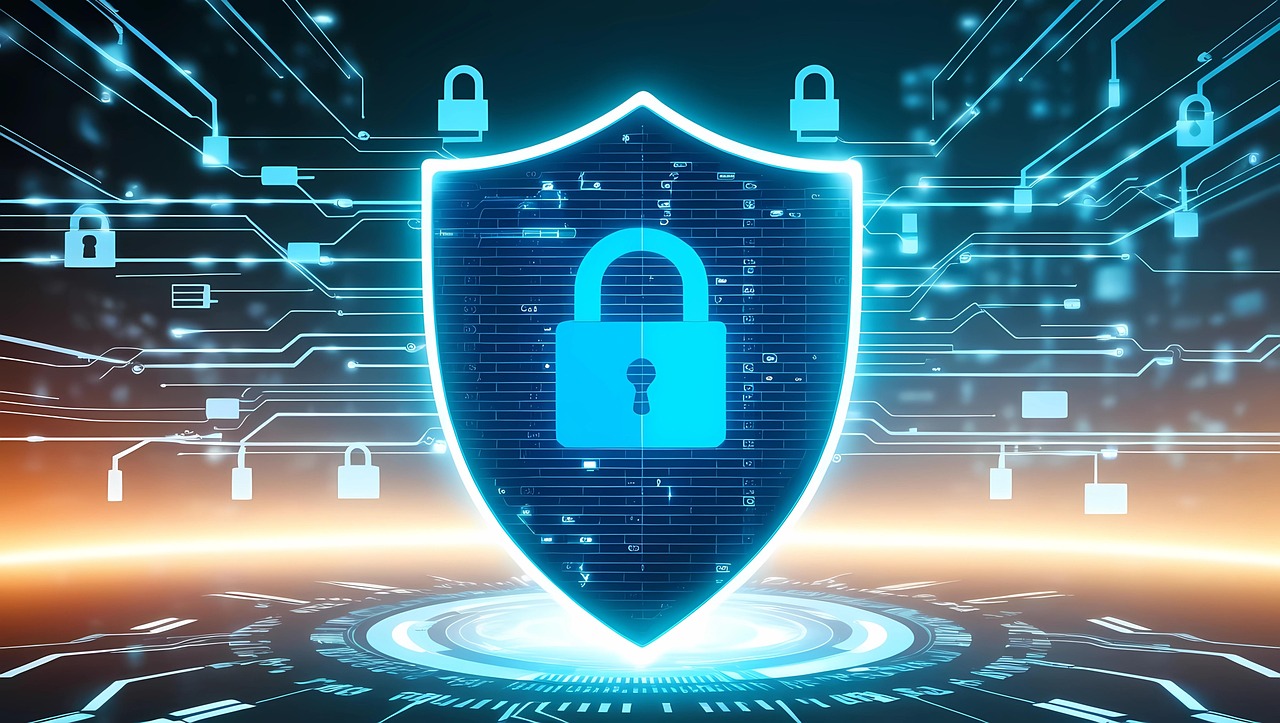
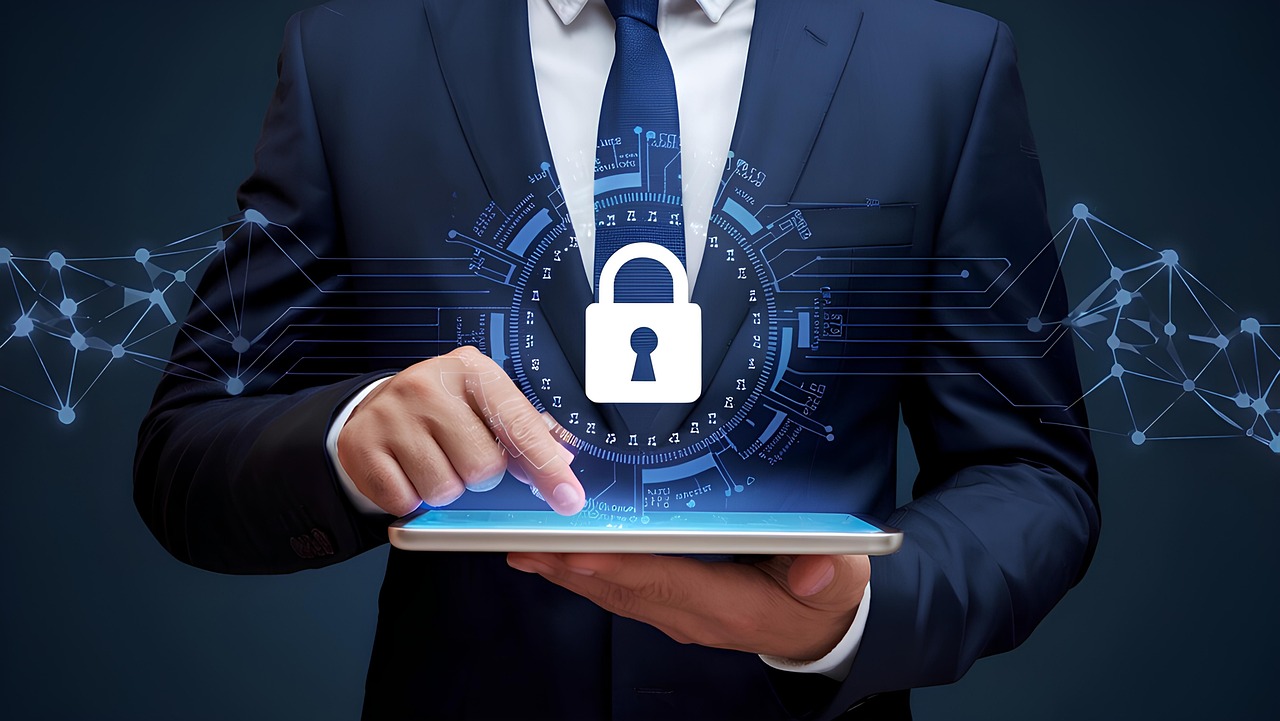



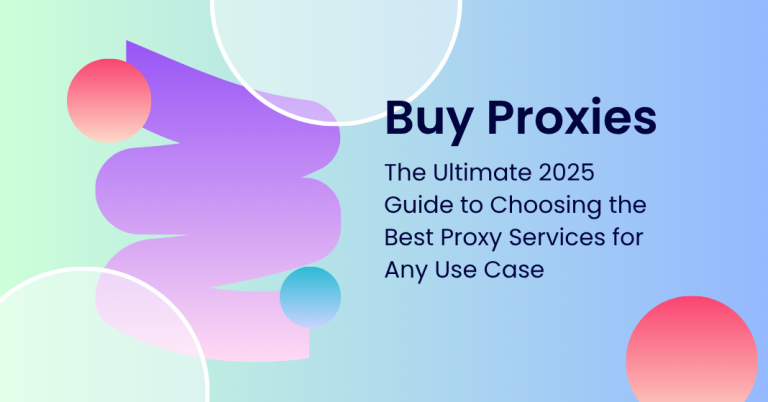


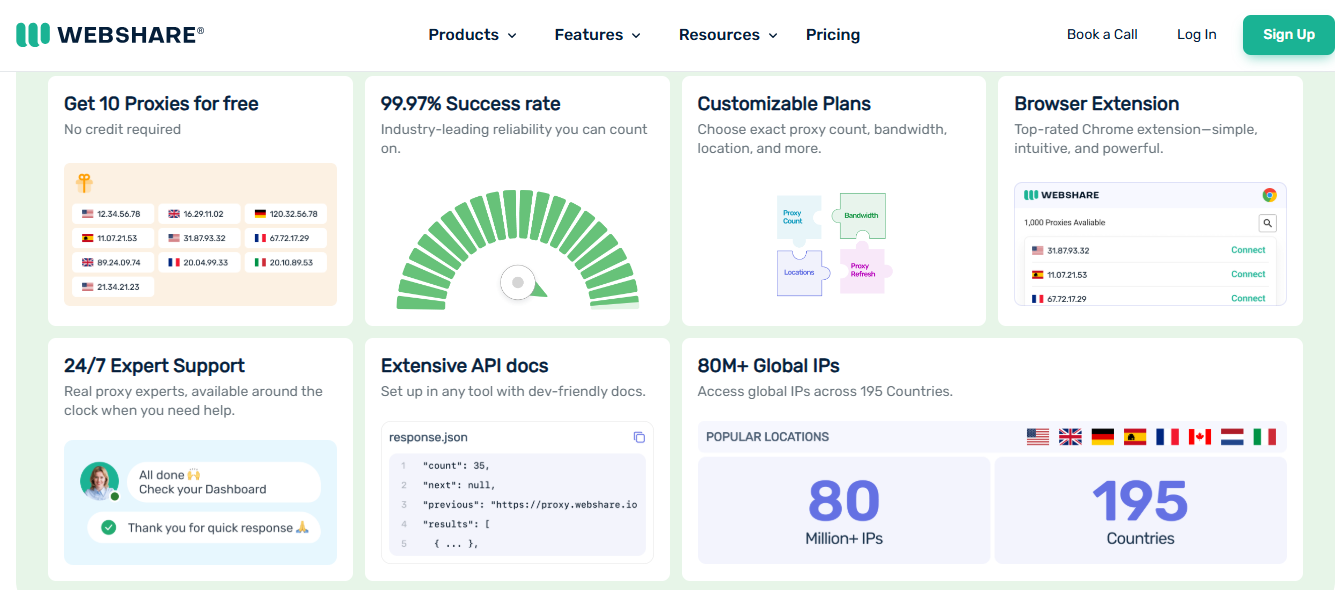


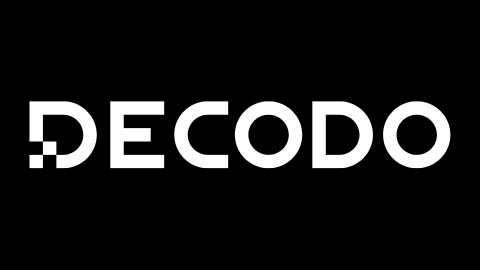


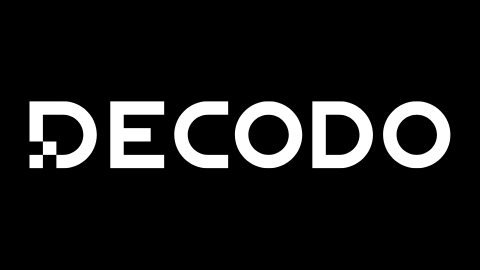


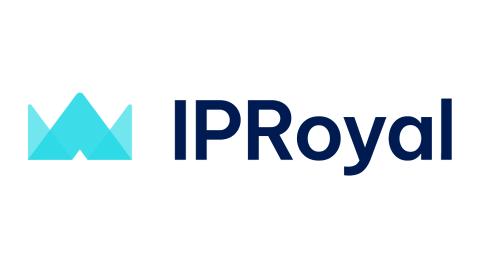

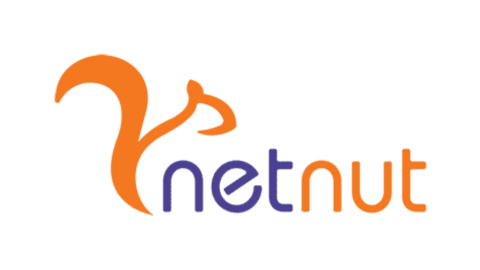


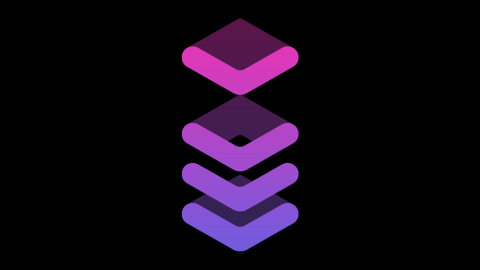
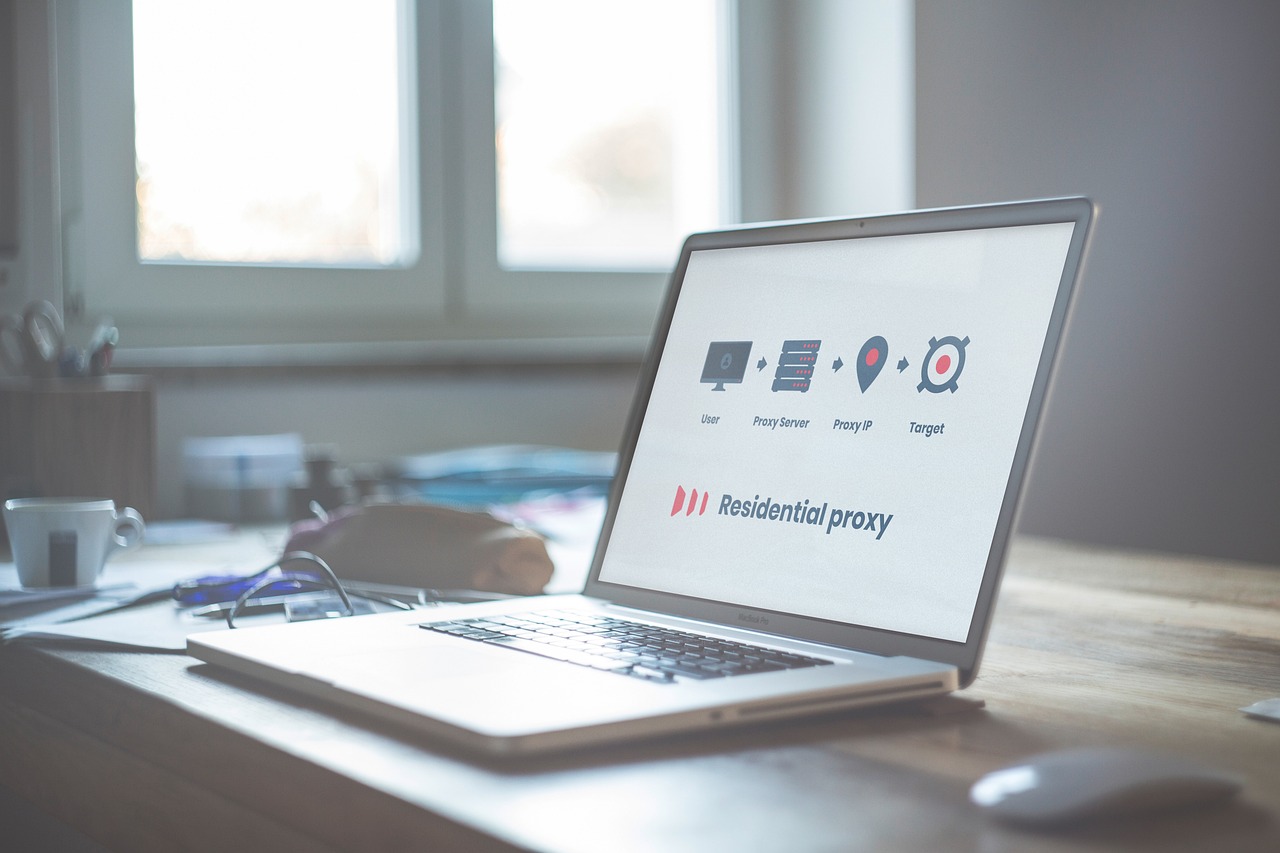

![WELEAKINFO.COM has been Seized by the FBI: A Blow to Personal Data Marketplaces [OLD NEWS] WELEAKINFO.COM has been Seized by the FBI: A Blow to Personal Data Marketplaces [OLD NEWS]](https://secureblitz.com/wp-content/uploads/2020/01/weleakinfo-com-seized-fbi.png)



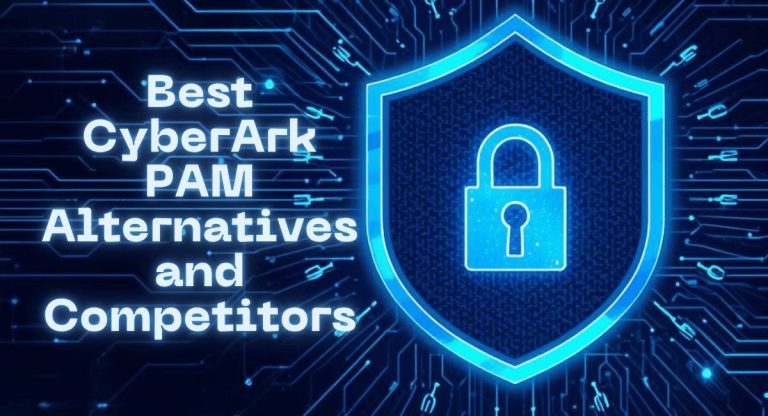
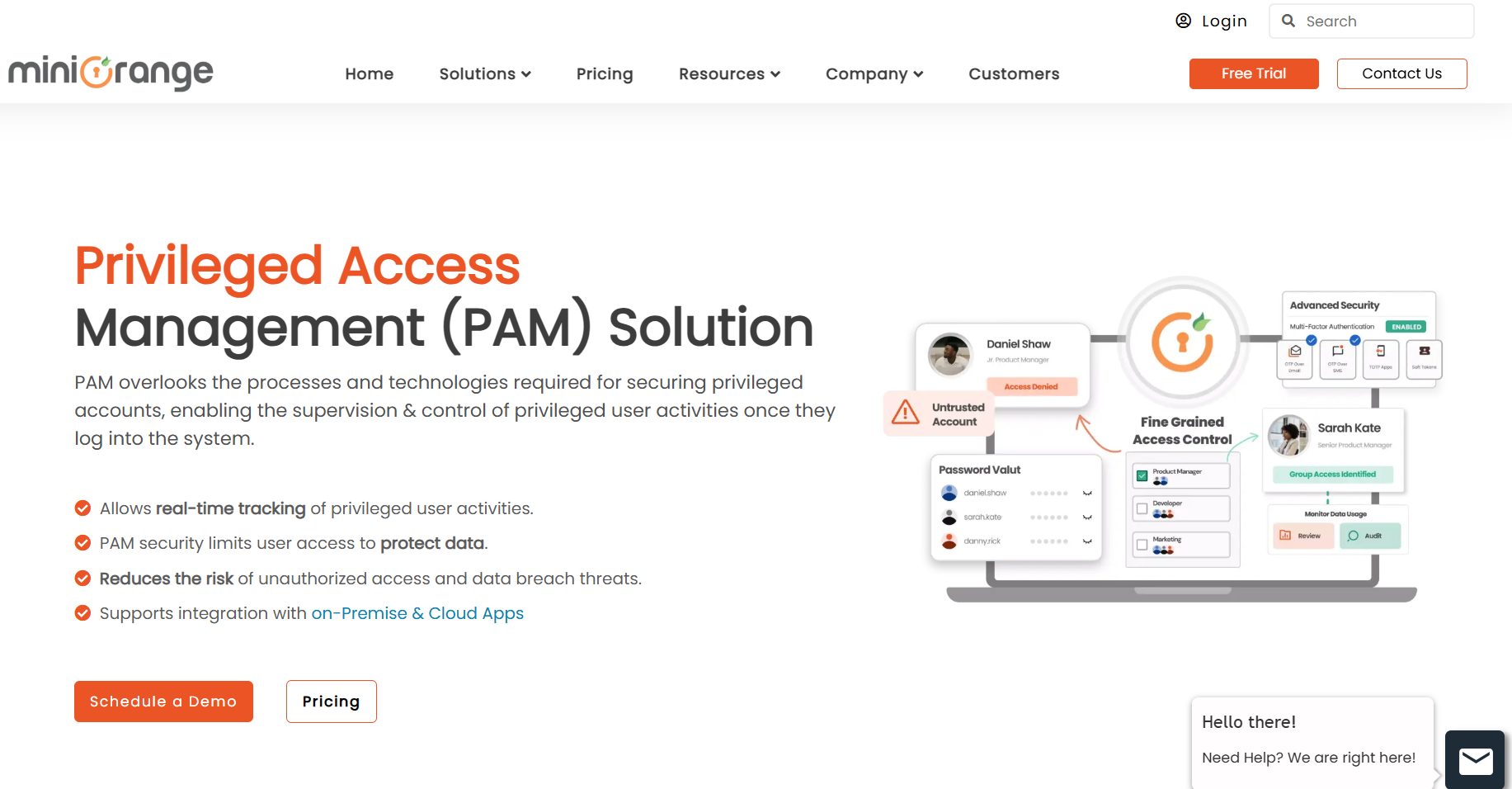




![How To Uninstall Programs On Various Windows OS [Windows 11, 10, 8, 7, Vista, & XP] How To Uninstall Programs On Various Windows OS [Windows 11, 10, 8, 7, Vista, & XP]](https://secureblitz.com/wp-content/uploads/2019/10/uninstall-a-program-windows-768x515.jpg)
